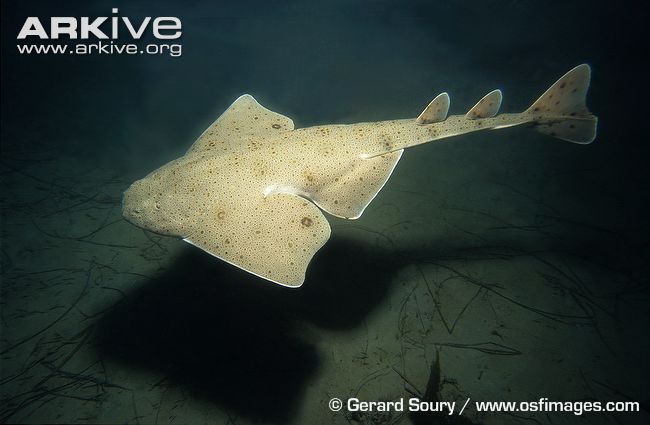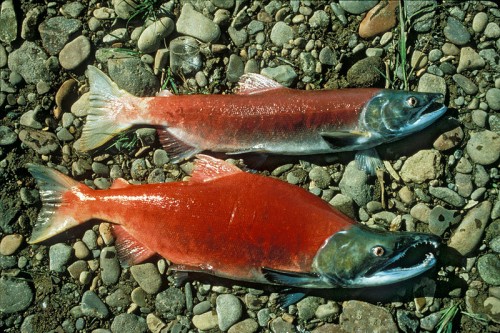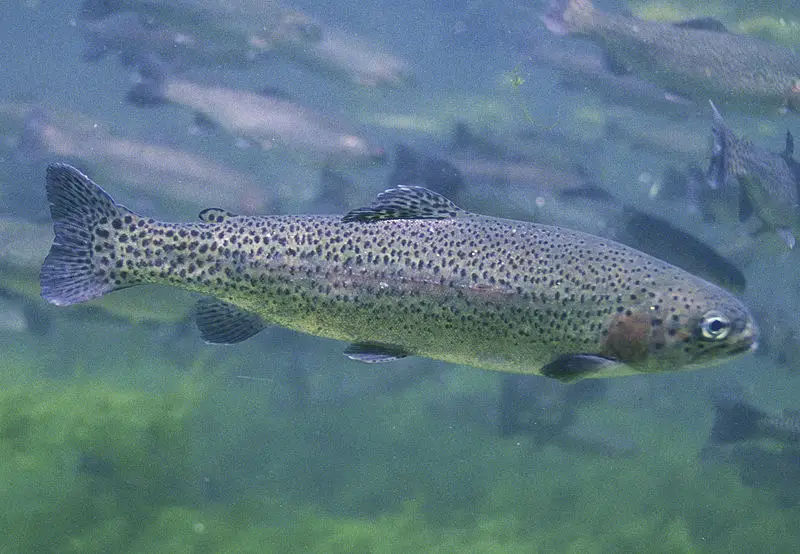Pacific Angel Shark
The Pacific Angelshark, also known as a monkfish, was first described by the first Curator of Ichthyology at the California Acadamy of Sciences by William O. Ayres in 1859. They live in the eastern Pacific Ocean, from as far north as southeastern Alaska, to the Gulf of Mexico, Costa Rica, and down so southern Chile. It is sometimes seen off the coast of California, but between Oregon and southern Alaska, it is quite uncommon to see it.
Unlike most shark species, the Pacific angel shark is a bottom dweller. It buries itself in mud bottoms or sand during the day time, and comes out at night to actively search for food. It is usually found on continental shelfs and littoral areas. It sometimes hangs out near rocks, kelp forests, and canyons. Off the coast of California, this angelshark species can be found at depths of between 3-656 feet (1-200 m) and to depths of 610 feet (185 m) in the Sea of Cortez.
Adult Pacific angelfish are semi-nomadic, as they move to new locations after spending days in a limited area. They usually are solitary, however they can sometimes be found in groups. They can reach up to 152 cm long, and can live up to 35 years of age. It can weigh up to 60 pounds. Males reach sexual maturity after about 8 years of life, while females mature when they are about 13 years old.
Distinctive features of the Pacific angelshark are that it is dorsoventrally flattened, and has terminal mouth at the tip of its snout. Its pectoral fins resemble angel wings as they are broad and are separated from the head. At the top of its head are eyes and spiracles, and there are 5 pairs of gill slits from the side of the head to underneath the throat. Its gill slits are ventrally located. They also have flesh nasal barbels and flaps on the head. It does not have anal fins and there are no spines on its dorsal fins.
The Pacific angelshark is whitish coloured, with blotches of grey, brown, and red. It can also be dark brown to black coloured, with splotches of black and brown. It is coloured this way to camouflage itself at the muddy and sandy bottoms.
Pacific angel sharks eat bony fishes. These include halibut, peppered shark, hake, blacksmith, corbina, flatfish, and croakers. It has also been known to eat invertebrates such as mollsusks and crustaceans. During the daytime, Pacific angelsharks camouflage themselves in the sandy and muddy bottoms near rocky areas and patch reefs, waiting for potential prey. When its prey comes within reach, it uses quick ambush attack techniques in order to surprise and catch its prey with its powerful jaws. After it has eaten, the shark settles back to the bottom in order to wait for its next prey. During the night time, the Pacific angelfish cruises near the bottom to search for fish and invertebrates like crustaceans, octopus, and squid.




